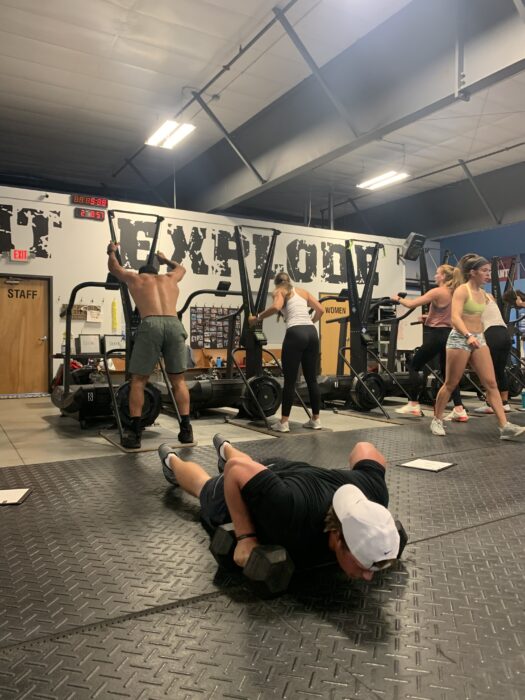
However, anyone with rug burns on the hands or feet that are large enough to interfere with regular function should see a doctor. Still, a rug burn injury to the face doesn’t present the complications that a thermal burn would. Injuries on the face, genitalia, hands, and feet are considered severe. Some types of burns are deemed to be more severe than others based on the where they occur on the body. This type of friction burn is rare since it’s highly unlikely that the necessary amount of force could be sustained. Meanwhile, full-thickness burns are characterized by the removal of both the epidermis and the dermis and the exposure of the deepest layer or muscle.

TREATING A ROPE BURN SKIN
Since the epidermis stays largely intact, the skin can continue to regulate the victim’s temperature and keep the body free from infection. This is when rug burns start to bleed and rarely, weep fluid. With partial-thickness burns, the epidermis is completely scraped away and the dermis is affected.

Superficial burns only damage the epidermis and they may simply be called skin abrasions. Rug burn is also painful.Īs with other burns, the severity of a friction burn is measured by the depth of the burn and the size as measured as a percentage of the body’s surface area. If the burn resulted from rug burn, it will be dry, but road rash is more likely to weep. The skin could bleed or there may be fluid weeping from the area. Symptoms of Friction Burnsįriction burns cover a wide area of the skin and appear red and raw. To prevent infection, every friction burn should be cleaned and cleared of dirt and debris. The true severity of the injury can only be assessed when the bleeding is under control. However, abrasions to the head or face can look worse than they are and bleed a lot. Scrapes can often be more painful than cuts since they tear a much bigger section of the skin and expose more nerve endings. The latter is unlikely to occur due to friction.įriction burns can happen on any area of the body, but they tend to affect the bony parts including the elbows, forearms, knees and shins.

The deepest burns of all extend into the subcutaneous layer. Deeper burns go into the dermis which contains the hair follicles and nerve endings. The epidermis is the upper layer so as long as there’s a burn injury, this will be damaged. Generally, burns can damage the three layers of the skin: the epidermis, dermis and hypodermis or subcutaneous tissue. However, it is estimated that friction burns account for one to two percent of burn injuries. In addition, these injuries aren’t typically counted in surveys on burn injuries. The exact incidence of friction burns isn’t known since most affected people don’t have to go to the doctor or the hospital. Some friction burns are also due to items in the workplace or home such as moving belts and treadmills. This is because of the combination of hard, rough asphalt and speed. Friction burns can lead to infection as well as scarring that can be either temporary or permanent.įriction burns often occur in road traffic accidents, especially those involving motorcyclists or bicyclists. The more sensitive a person’s skin is, the more likely it is that they will suffer injury. However, it is more common for friction burns to be caused by carpet, rope or clothing. The mere action of skin rubbing against skin can cause abrasion.

Minor friction burns can occur quite easily. If the top layers of the dermis are removed, the individual will experience pain and discomfort, but bleeding isn’t common. Despite the name, friction burns aren’t really burns, but since friction generates heat, extreme cases can cause the outer layers of the skin to burn. It is also known as rope burn, rug burn, chafing or skinning. A friction burn is a type of abrasion that occurs when the skin rubs against another surface.


 0 kommentar(er)
0 kommentar(er)
